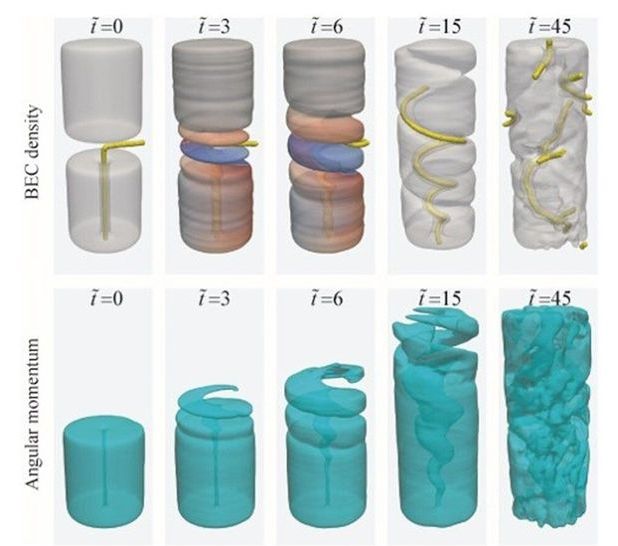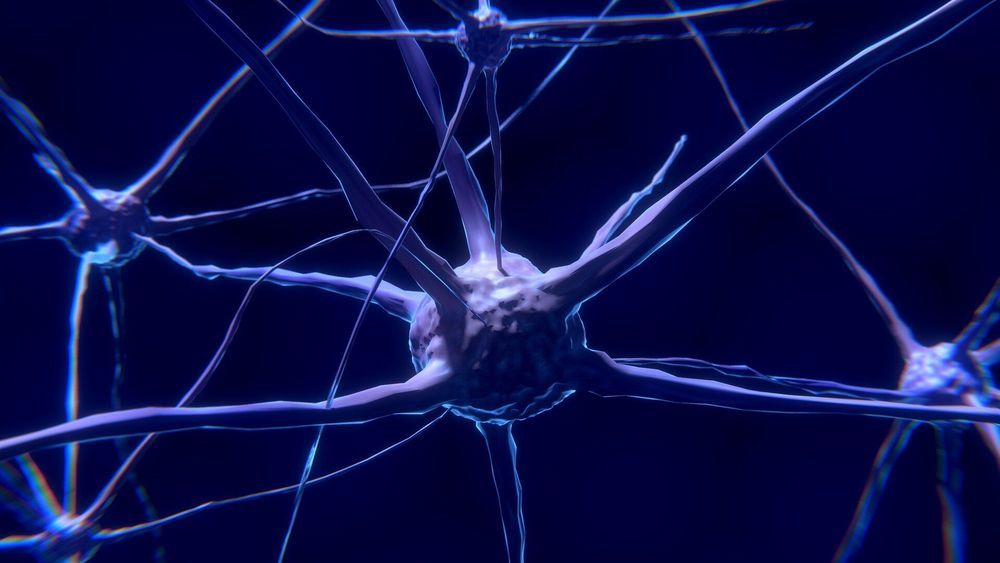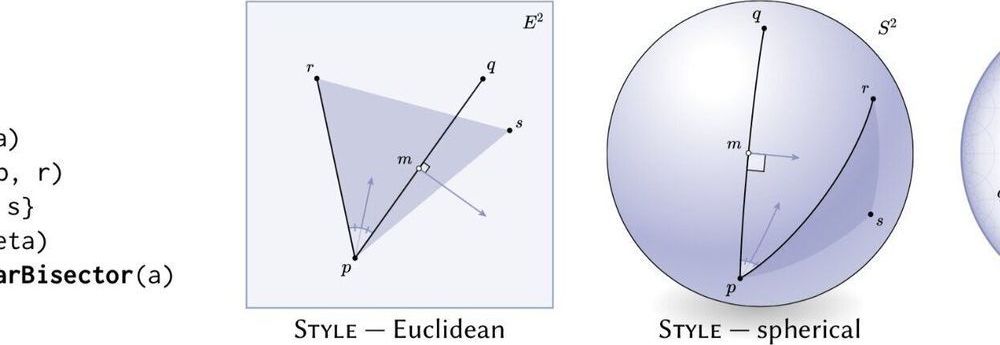A duo of preclinical studies recently demonstrated a new way to ferry medicines past the blood-brain barrier. And other research is on the way.



Discovery Sheds New Light on Famous Einstein Ring
Social distance science made possible with public W. M. Keck Observatory and NASA archive data.
Determined to find a needle in a cosmic haystack, a pair of astronomers time traveled through archives of old data from W. M. Keck Observatory on Mauankea in Hawaii and old X-ray data from NASA’s Chandra X-ray Observatory to unlock a mystery surrounding a bright, lensed, heavily obscured quasar.



A new UC San Francisco study has pinpointed a specific pattern of brain waves that underlies the ability to let go of old, irrelevant learned associations to make way for new updates. The research is the first to directly show that a particular behavior can be dependent on the precise synchronization of high-frequency brain waves in different parts of the brain, and might open a path for developing interventions for certain psychiatric disorders, including schizophrenia.





Vlad Voroninski, CEO of Helm.ai, highlights the rise of unsupervised learning and how the technology is impacting our lives.